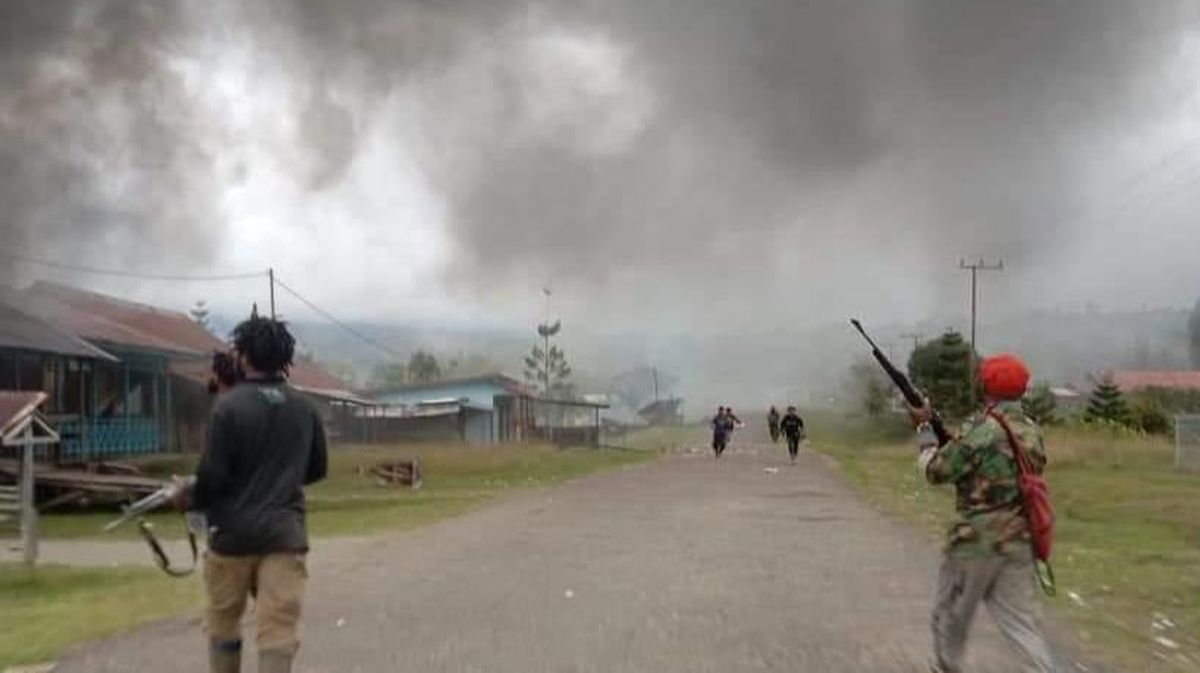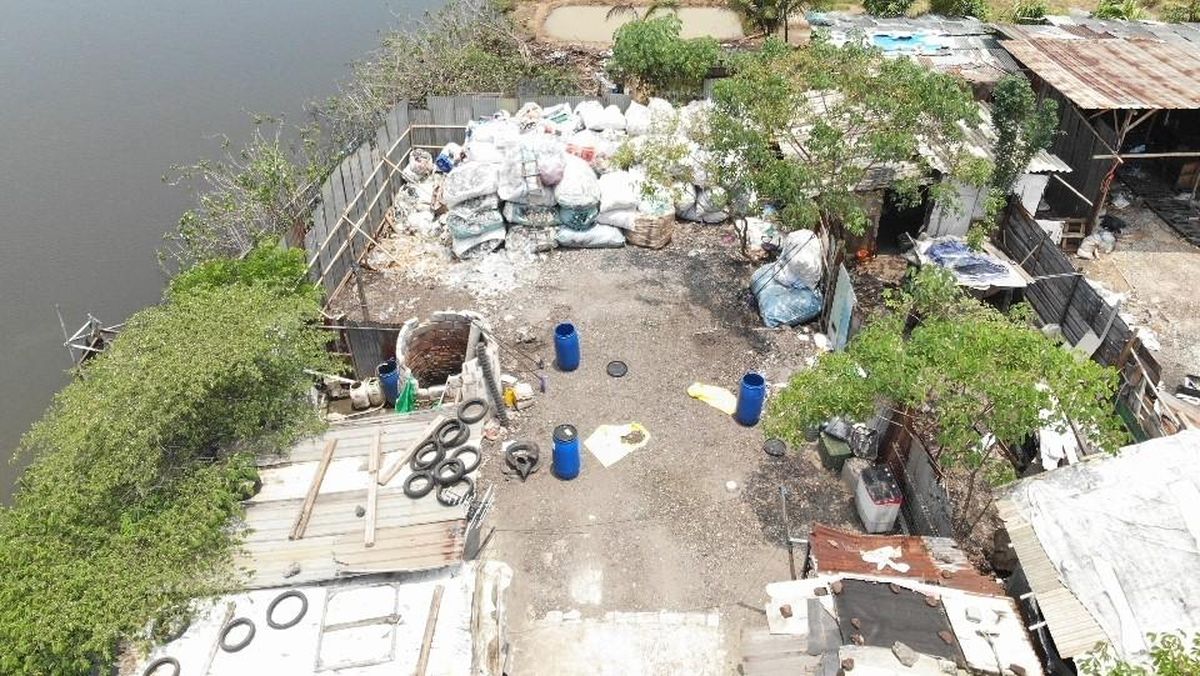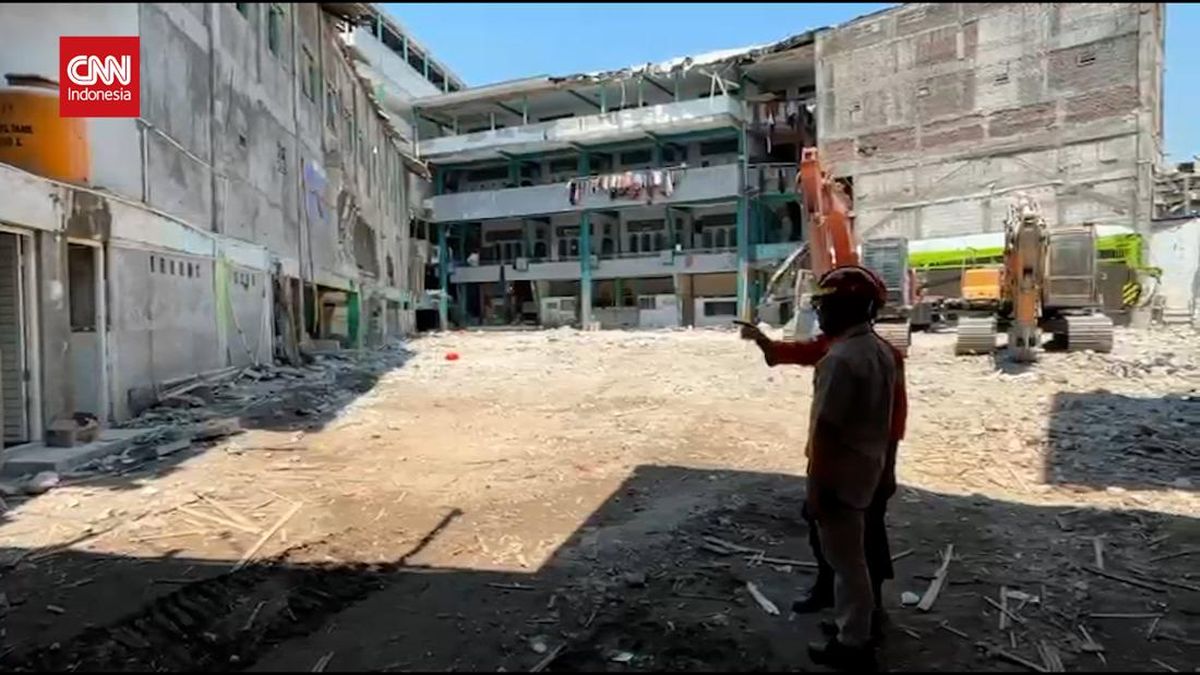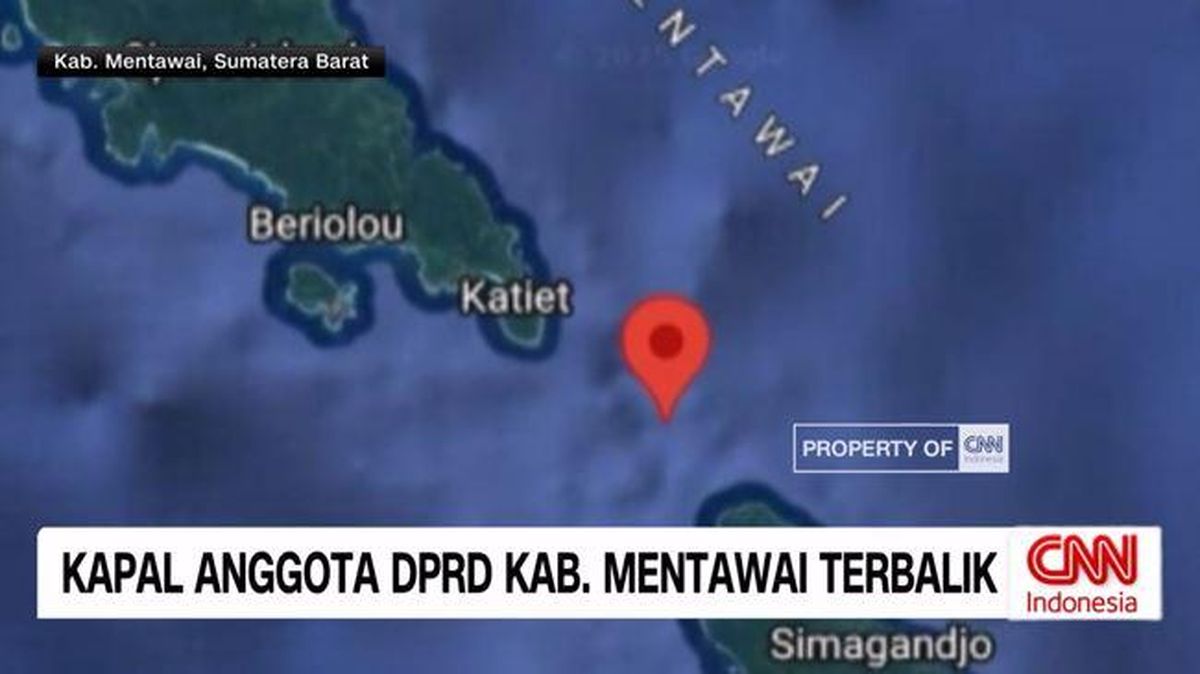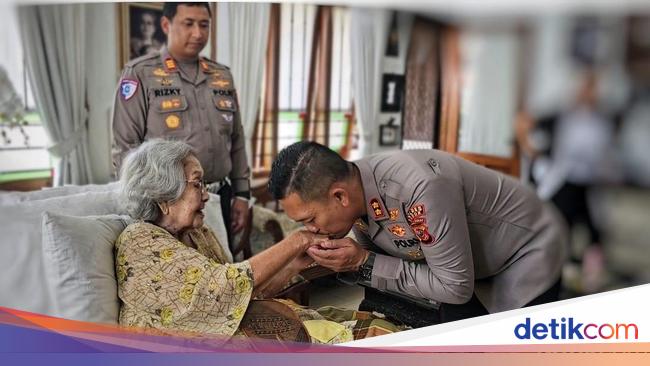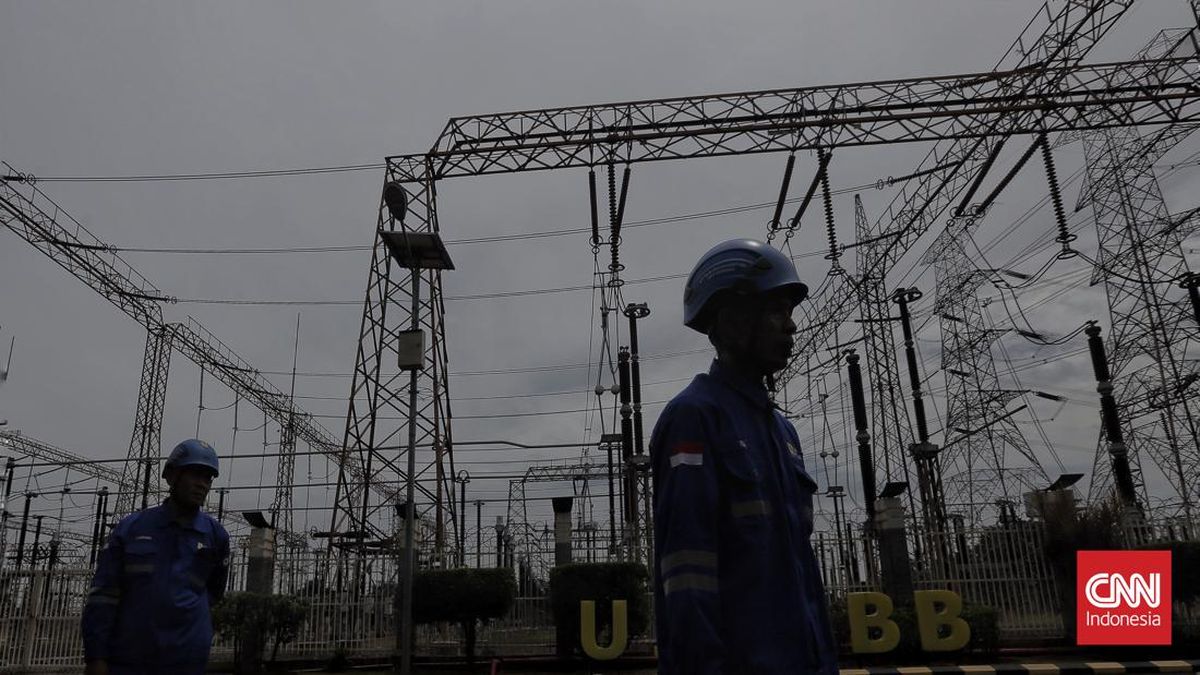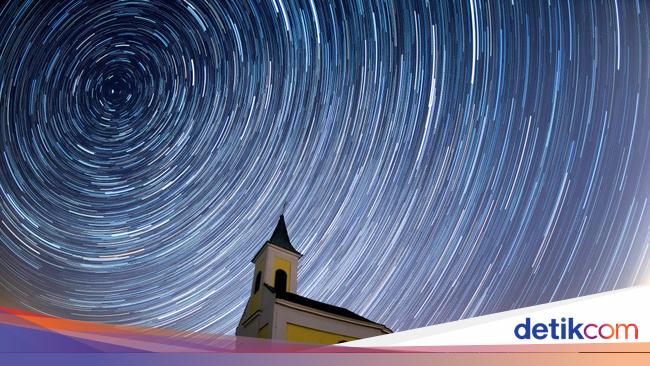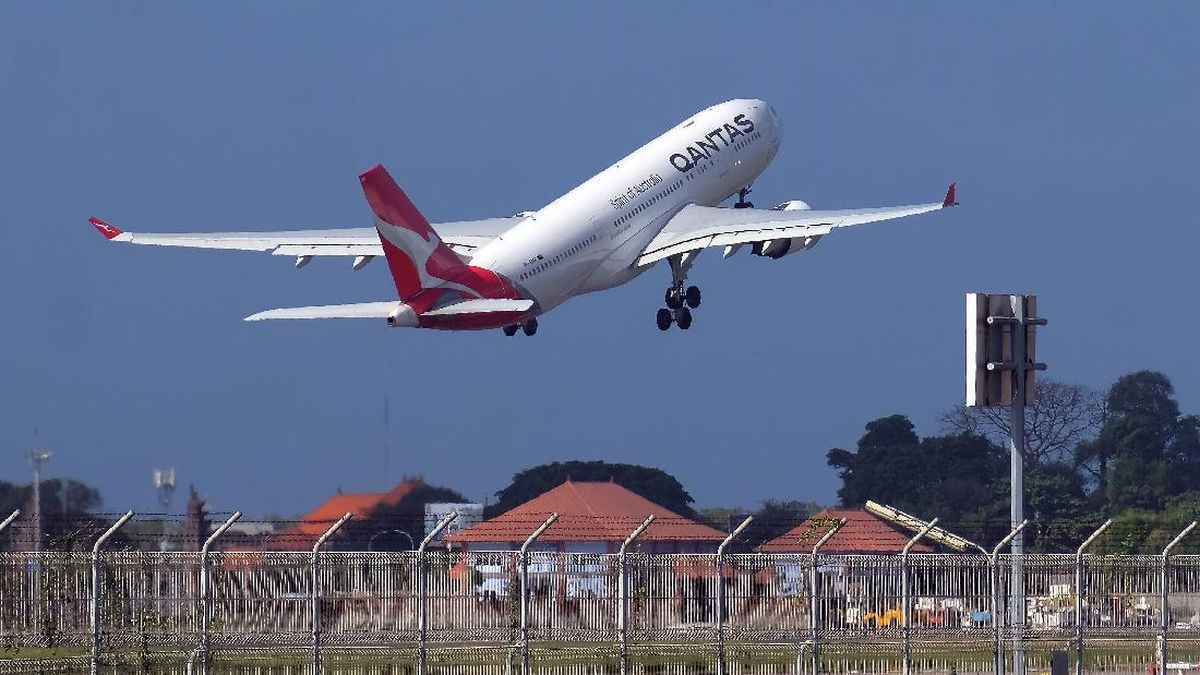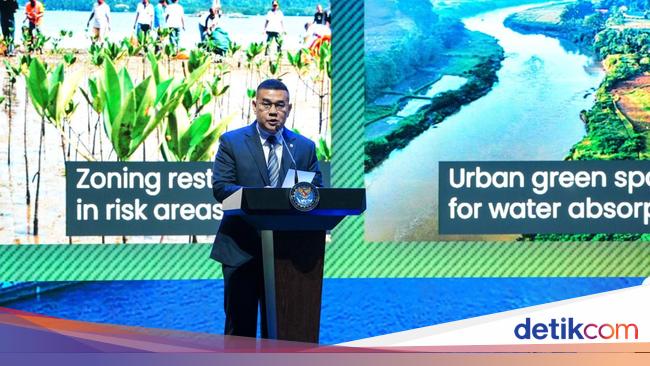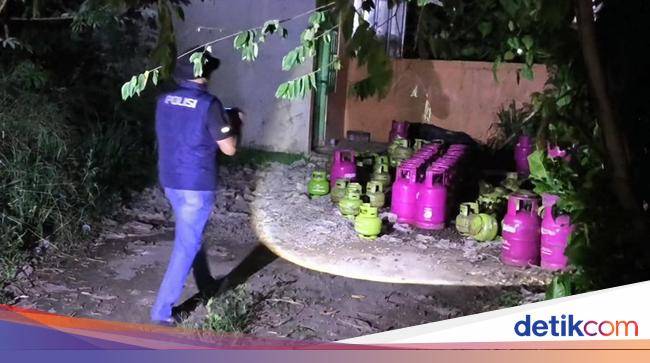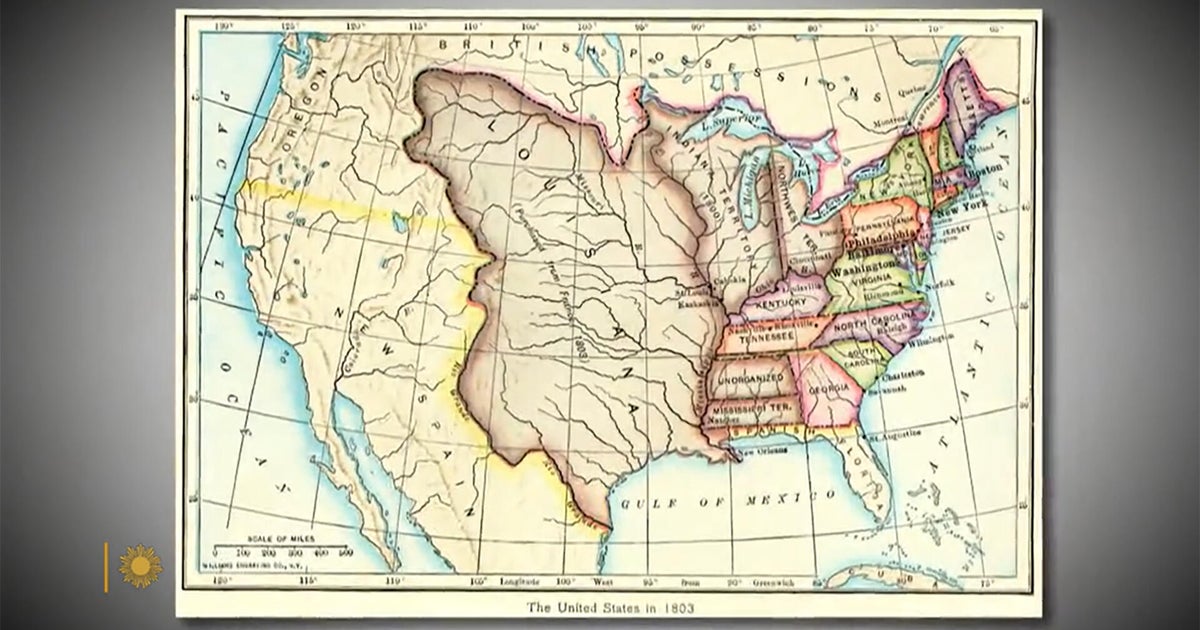In the temple’s inner sanctum, an ornate room lined with gold lanterns and sacred scrolls, chief abbot Zenryu Hidaka sounds a gong while his apprentice, Zennin, chants a Buddhist sutra. Hidaka is dressed in a flowing purple robe with an embroidered orange sash; Zennin wears a simple all-black robe with white socks.
In almost comical contrast, six of us are huddled around a heater at the back of the room in beanies, gloves and puffer jackets. It’s 6am and the temperature is minus 2 degrees. As Zennin chants, his breath rises in ephemeral clouds of steam.
Observing this sacred Shingon Buddhist ritual is the highlight of our stay at Sanboin, one of 52 “shukubo” temple lodges in the UNESCO World Heritage-listed monastery complex of Koyasan. Located on a secluded, 900-metre-high plateau in Japan’s Wakayama prefecture on the island of Honshu, the site is the headquarters for Shingon Buddhism, an esoteric form of the religion that was brought to Japan from China in the ninth century by Japanese monk Kobo Daishi.
The town has many remarkable attractions, including Danjo Garan, a huddle of temples with a stunning, 48-metre-high vermillion stupa, and Okunoin, Japan’s largest cemetery where Kobo Daishi is believed to rest in eternal meditation.

Sacred temple complex Danjo Garan in Koyasan’s town centre.Credit: Getty Images
However, it’s Shingon’s tradition of direct transmission from master to apprentice that I find particularly intriguing. Twenty-one-year-old Zennin has been studying with Hidaka for four years and will one day take over another temple, currently run by his father. When I ask him about the training, he grimaces and replies, “very difficult”.
Koyasan is the spiritual gateway to the Kii Peninsula, a remote, mountainous region that has been a popular pilgrimage site since the 10th century. It’s thought that former Japanese Emperor Uda was the first person to seek enlightenment by hiking through these mountains in 906. Since then, everyone from peasants to samurai have followed in his footsteps, using a network of trails called the Kumano Kodo that connects the region’s three sacred Shinto Grand Shrines.
On this nine-day trip with specialist operator Walk Japan, we’ll tackle portions of the most popular route, the Nakahechi, which starts on the west coast at Tanabe and arcs across the peninsula to the coastal town of Nachi-Katsuura.

A Shingon monk in Okunoin cemetery.Credit: Getty Images
Our group of 10 is both geographically dispersed, hailing from Australia, North America, Hong Kong, Malaysia and the Netherlands, and demographically diverse, with people from their 20s to their 60s. According to our ebullient Austrian tour leader, Heimo Gratzl, this is unusual, as this trip normally attracts an older crowd.
For three of us – two Dutch sisters and me – this hike has special significance. There are only two pilgrimages on UNESCO’s World Heritage List. Most people have heard of the first – Spain’s perennially popular Camino de Santiago – but less well-known is that in 2004 the Kumano Kodo became the second. We’ve all walked the Camino, so if we can complete the Kumano, we’ll join a select group of dual pilgrims.
Having done the Camino with a group, I was keen to try the Kumano self-guided. I thought it would make an interesting contrast and be a more contemplative experience. However, the route’s burgeoning popularity means that accommodation in the peninsula’s small rural settlements gets booked up months in advance. I also wanted to do it in spring, when temperatures are (usually) mild and there’s the chance of seeing the country’s famed cherry blossoms. All these factors mean my only option is to join a group departure. As the trip progresses, I’m increasingly glad I did.
During a warm-up hike around Koyasan, we get our first taste of the region’s legendarily capricious climate. Gratzl warns us about this during the briefing, but it’s not until we’re hiking through a foot of snow that the message sinks in. “This is the last of winter, so enjoy it,” he says. “In a week, it’ll be 22 degrees.”

Walkers take to the trail in snowy conditions.Credit: Rob McFarland
We crunch through the snow-muffled landscape, following a winding forest trail over frozen streams and past silent shrines shrouded in powder. It’s bitterly cold but utterly enchanting, like hiking through a Christmas fairy tale.
After Koyasan, we transfer to Takijiri to start the Nakahechi and our pilgrimage proper – an event that’s recorded in our official pilgrim credentials with a stamp from the first of the many Shinto shrines that line the route.
Getting your head around Shintoism is no easy task. Unlike most religions, it has no founder, no definitive text and no main deity. Many scholars don’t even call it a religion, instead describing it as a native belief system centred around the veneration of kami, invisible spirits that can take the form of mountains, forests and even people.

Matsumoto Pass is part of the Kumano Kodo.Credit: Getty Images
To complicate matters further, when Buddhism arrived in Japan in the 6th century, the two belief systems became intricately intertwined. Many kami were assigned Buddhist avatars and temples and ceremonies incorporated elements from both traditions. “Ask a Japanese person if they are Buddhist or Shinto,” says Gratzl, “and they’ll probably say both.”
And it’s in this respect that having expert guidance is invaluable. Not only does Gratzl handle all the logistics, liaising with our non-English-speaking hosts and shepherding us onto buses and trains, but he also provides an entertaining insight into the region’s fantastical folklore. If I’d tackled this trip on my own, I’d be blissfully unaware of the peninsula’s child-gobbling reptilians, vulva-dwelling demons and sake-swilling raccoons with giant testicles.
On most days our luggage is transferred ahead, leaving us to hike with just a day-pack, and we stay mainly in traditional ryokans, sleeping on futons on tatami mat floors and feasting on exquisite multi-course Japanese fare. Every guesthouse has an onsen, so there’s normally the option of a restorative post-dinner soak.

Rocky descent along the Kurano Kodo.Credit: Ron McFarland
Hikes range from four to 15 kilometres on a mix of dirt trails and ancient cobblestoned paths that meander through dense forests of cedar and cypress. The mountainous terrain delivers both taxing ascents and tricky descents, some of which would be challenging in the wet. Apart from day one’s snowpocalypse, we’re blessed with perfect hiking weather – a rare treat given the peninsula receives more than three metres of rain a year.
As the week progresses, day seven’s hike takes on a mythical quality thanks to an especially steep section called dogirizaka or “body breaking slope”. Like most things, the anticipation is worse than the reality, and everyone makes it up the lung-busting 800-metre-long climb in one piece.
Loading
While it’s impossible to do justice to the numerous temples and shrines we visit along the way, two stand out. The first is Naiku, a 2000-year-old shrine at Ise, the tour’s end point, which claims to be Japan’s most sacred Shinto site. A sprawling complex of thatched-roofed wooden temples on the banks of the Isuzu River, it’s painstakingly rebuilt by hand every 20 years – a monumental endeavour that costs more than $600 million. Designed to emphasise the concept of impermanence, the project also ensures that traditional construction techniques are passed on to the next generation.
The other highlight is Hongu Taisha Grand Shrine, which we visit on day four and where three of us become dual pilgrims. In contrast to the celebratory atmosphere at the end of the Camino in Santiago de Compostela, the vibe here is one of considered restraint. In Santiago, the exuberant throng hailed from all over the world; at Hongu Taisha, we’re the only Western tourists.

Hongu Taisha shrine.Credit:
After watching devotees silently pay their respects to the shrine’s four kami, we head to the nearby visitor centre to have our credentials checked and receive our certificates and commemorative shells. Next, the son of the temple’s head priest, a young man in flowing white robes, leads us to a ceremonial taiko drum, which we take in turns to strike. Finally, we return to the temple office for one last formality: all the staff stand up and clap. Only in Japan.
The details
Fly
Jetstar flies direct from Sydney to Kansai International Airport (near Osaka) three times a week with several other airlines providing one-stop services from Sydney and Melbourne. Alternatively, you can fly to Chubu Airport (near Nagoya) or Tokyo’s Narita or Haneda Airports and catch a shinkansen to Osaka. See jetstar.com
Tour
Starting in Osaka and ending in Ise, Walk Japan’s nine-day Kumano Kodo Pilgrimage includes accommodation, luggage transfers, guided hikes and most meals. The trip’s activity level is rated four out of six, meaning participants “must be in good health and used to a reasonably active lifestyle”. Cost from JPY488,000 per person, twin-share. See walkjapan.com
More
visit-kii.com
The writer was a guest of Walk Japan and the Kii Peninsula.









